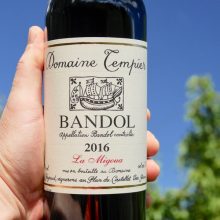
Product information
Domaine Tempier Bandol ‘La Migoua’ 2016
$140
Description
The La Migoua vineyard is the highest elevation site of the three and sits at 270 meters above sea level; it consists of diverse clay and limestone soils. Possessing the smallest amount of Mourvèdre (~55%) and the most Grenache, this cuvée is always slightly less powerful and rich than the other two single vineyards, yet is always the most perfumed and complex.
50% Mourvèdre 20% Grenache 26% Cinsault 4% Syrah
Out of stock
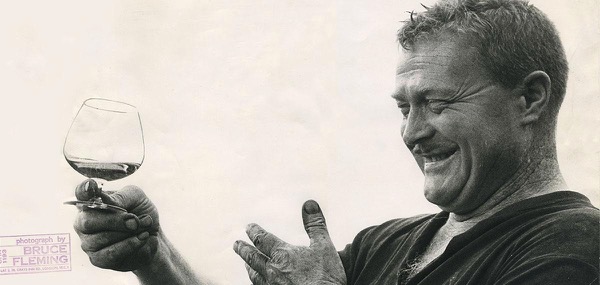



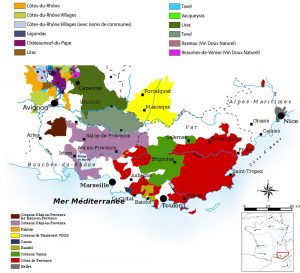
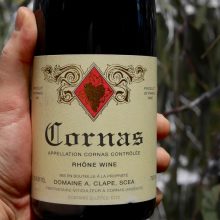

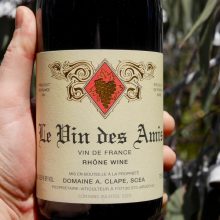
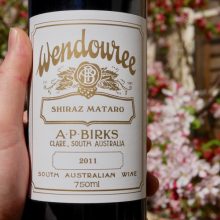
You must be logged in to post a comment.